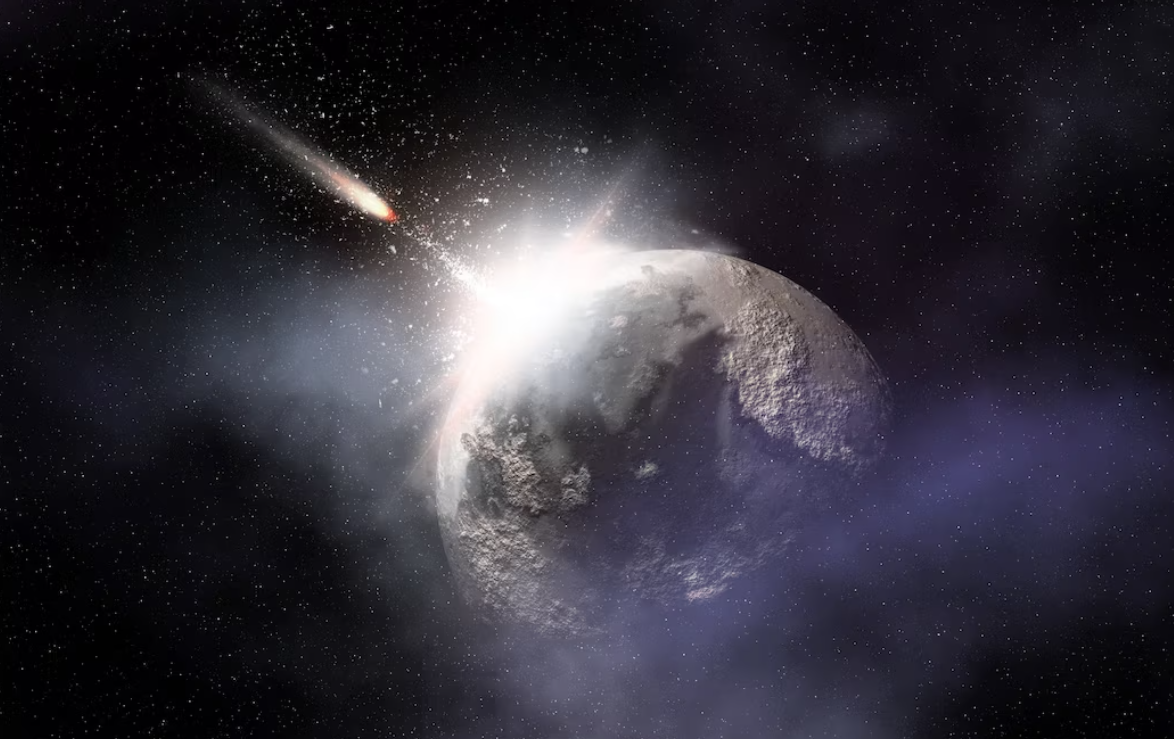Lecture Me! Misconceptions in the field of astronomy
Professor John Percy speaks on how academia and popular culture spread misinformation about astronomy.
On September 13, 2022, Dr. John Percy from the Department of Astronomy and Astrophysics delivered a presentation entitled “Misconceptions about the Universe: From Everyday Life to the Big Bang.” During his engaging discussion, he addressed various myths regarding astronomy. Seemingly difficult to understand, and broad in nature, the domain is commonly filled with misinformation.
Most people think of Science, Technology, Engineering, and Mathematics fields as dominated by older, cis-gendered white men. However, Dr. Percy notes that the Astronomy Department is an exception to the stereotype; astronomers come from varying backgrounds and complex intersectional identities. Astronomers are racially diverse, LGBTQ2S+ positive, and encouraging of all genders.
Often confused with astrology—a pseudoscientific study of the movements of planets and how it impacts people’s lives—Dr. Percy emphasizes that astronomy is concerned with other aspects of our solar system. He clarifies that astrology is distinct from astronomy because its conclusions are extracted without any scientific inquiry.
One area Dr. Percy names as a common perpetrator of misconceptions in astronomy is the education industry, more specifically in the way they oversimplify concepts. For example, he remarks that they wrongly depict planets as being close together in a straight display. In an attempt to simplify concepts for students, educators have engrained the wrong depiction of space. Similarly, Dr. Percy notes that diagrams and cartoons depict the solar system as being “squashed together.” Experienced in writing textbooks, Dr. Percy explains that “the problem is that very few teachers have a background in astronomy. Therefore, it is harder to accurately design diagrams and captions.”
Aside from school textbooks, inaccuracies are further perpetuated through pop culture. Most people have heard the term “shooting stars” in movies, as characters make wishes when they see the rapid white flash of light. Yet, Dr. Percy notes that shooting stars are actually meteors or streaks of light of varying colours produced by miniscule space rocks as they rapidly collide with Earth’s atmosphere.
A significant sun-related misconception is the notion that the sun will explode and turn into a black hole at the end of its lifespan. Dr. Percy explains that this is wholly inaccurate and that the sun is too small for this to occur. It would have to be far larger to become a black hole. When the sun finally reaches the end of its life, it will likely transform into a neutron star—a dense object left behind when a star collapses and explodes.
Turning to the moon, Dr. Percy brings up the mainstream belief that there is a correlation between “crime and madness” during a full moon. He shares that no scientific study has ever corroborated this myth.
The legend of the supermoon is an optical illusion that causes the moon to appear larger when seen from the horizon. Dr. Percy explains that the lines of the moon converge with the horizon, creating the illusion that the moon is larger in size than it should be. This is known as the “Ponzo illusion.”
Misconceptions can be dangerous. Transmitted rapidly through media, they can lead to wide-spread misinformation. “Popular culture affects everybody, especially teens and young adults. I’m afraid social media is getting to us all these days and we all should be careful,” concludes Dr. Percy.


